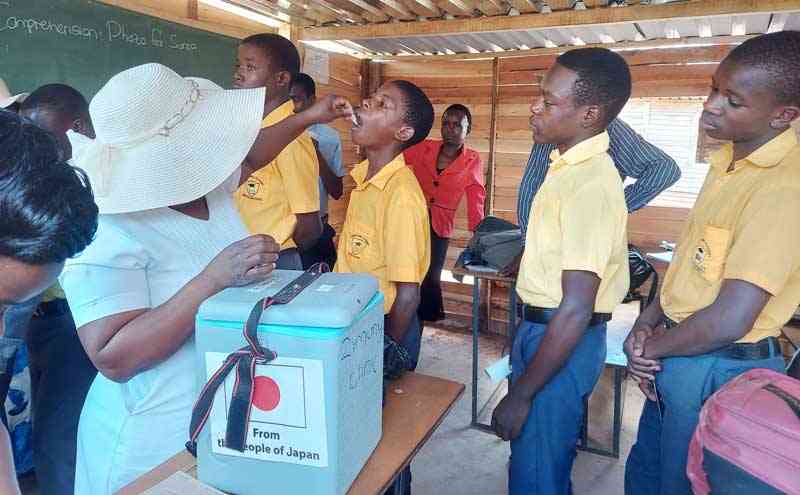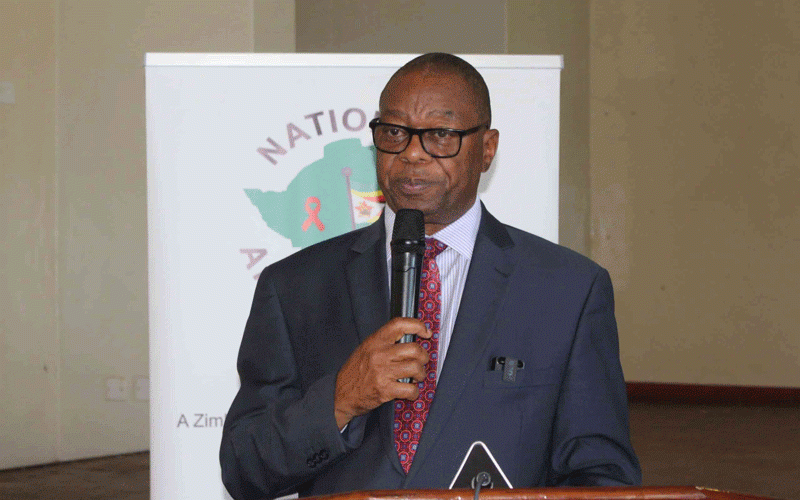
Manicaland province is stemming the cholera tide through a cocktail of intervention programmes amid revelations that faith-based communities are embracing the programmes resulting in the reduction of cases of the infectious disease in the province.
Engaging faith-based communities is part of the Ending Cholera: A Global Roadmap to 2030 (Global Roadmap),a strategy meant to reduce global cholera deaths by 90% and eliminate the disease in at least 20 countries by 2030.
The strategy was launched by the Global Task Force on Cholera Control in 2017.
Manicaland province is among cholera hotspots where the Health and Child Care ministry with several partners are stemming cholera tides through a cocktail of intervention programmes including awareness campaigns, establishing treatment centres as well as mass vaccination.
As of last Friday 5 957 cases of cholera were recorded in Manicaland province since the beginning of the outbreak early last year.
Mutare rural and Buhera districts are the most affected in the province.
A recent visit to some parts of Manicaland province showed that faith-based communities were embracing cholera intervention programmes.
“We are happy that the cholera vaccine has come on our doorstep,” said Precious Zuka (36) from Mvududu village, in Lower Vumba, Mutare rural.
- Chitungwiza sewer infrastructure collapses
- Chitungwiza sewer infrastructure collapses
- Information key to climate change mitigation: FAO
- Pupil commits suicide over satanism taunt
Keep Reading
“It seems everyone here is excited to get the vaccine, including our colleagues who are restricted by their religions.
“As communities we have received awareness on the importance of vaccination, be it Covid-19 or cholera.”
The Health and Child Care ministry with support from the Zimbabwe Red Cross Society (ZRCS) last week rolled out a cholera vaccination campaign targeting 16 000 people in communities around Chitakatira Clinic.
“With support from the International Federation of Red Cross and Red Crescent Societies, Finnish Red Cross and ECHO, we are complementing the Health ministry in social mobilisation and logistical support for the cholera vaccination campaign,” said ZRCS secretary-general Elias Hwenga.
According to World Health Organisation, the cholera vaccination campaign is targeting 2,3 million people, aged one year old and above, living in 160 wards within 26 high risk districts in seven provinces, thus Harare, Mashonaland West, Mashonaland East, Mashonaland Central, Manicaland, Masvingo and Midlands.
These districts are considered the main drivers of the outbreak.
The main operational strategy used in this campaign is house-to-house to minimize gatherings and further spread of the disease.
“Apart from the logistics support, ZRCS through its volunteers scattered across the country is also creating awareness among and mobilising people for cholera vaccination,” said Hwenga.
Hwenga said the vaccination programme is complementing other existing cholera control programmes that ZRCS has been implementing in the country with support from IFRC.
In a bid to get buy-in and to have the community embrace the intervention programmes, ZRCS has set up oral rehydration points in faith-based communities such as Marange in Mutare rural.
Nomatter Madeure, who is among volunteers and health workers manning an oral rehydration point at Chakazi shopping centre in ward 16 said cholera cases had nosedived since the establishment of the oral rehydration point.
“We have seen our figures dropping since the time this centre was established,” Madeure said.
“During the peak of the cholera outbreak, we would attend to an average 14 people a day, but these days we receive around 6 or 7 patients per day.
“We are receiving and assisting patients even from the white-garment churches, who now see the importance of these oral rehydration points.
“Here we just mix water, sugar and solution, which actually is not medicine and as such people here have accepted.”
Madeure said they have assisted the majority of patients they have attended to at the oral rehydration points.
“The challenge that we have is that we still have gatherings in the area and there is a lot of open defecation going around,” she said.










